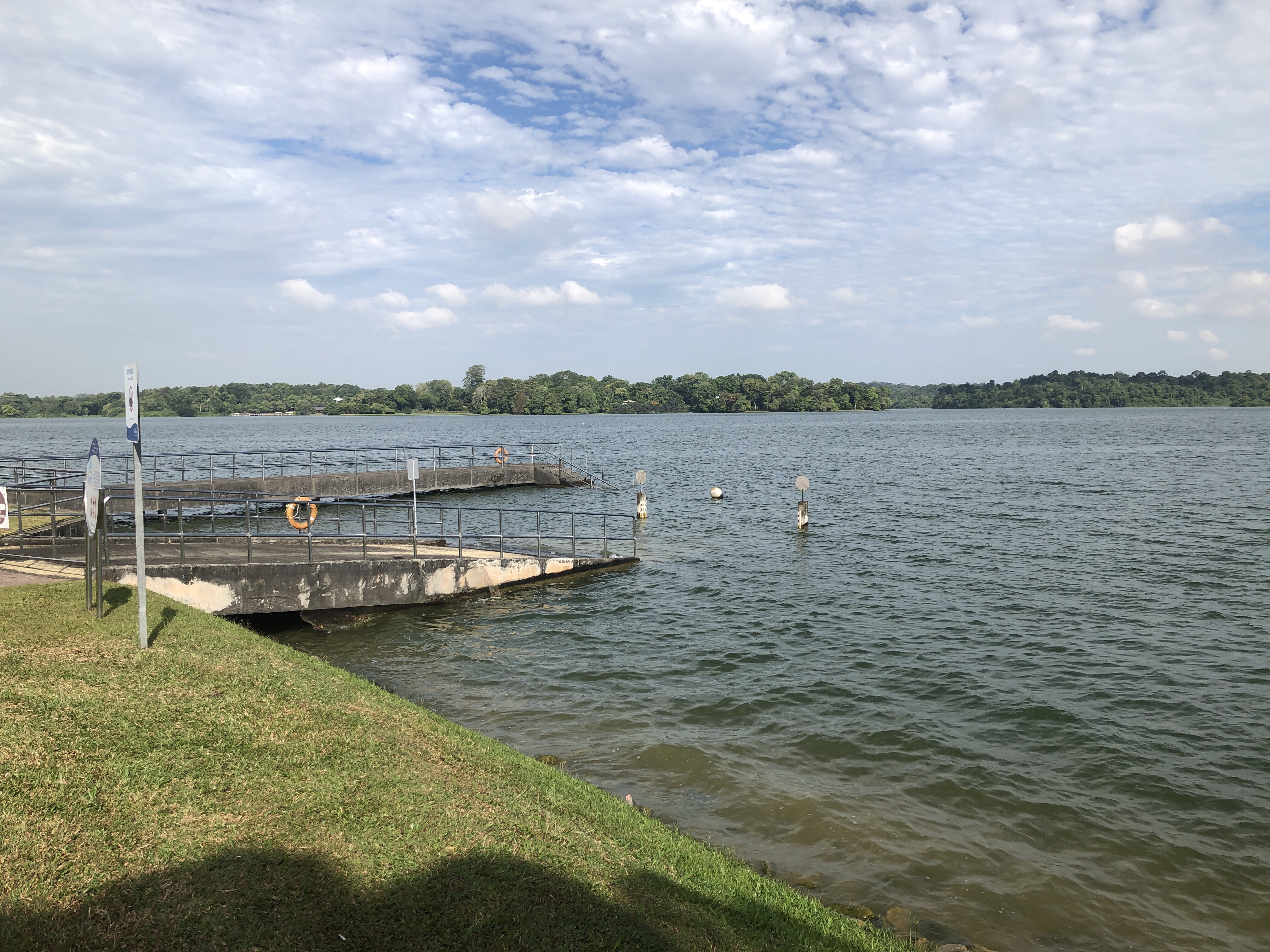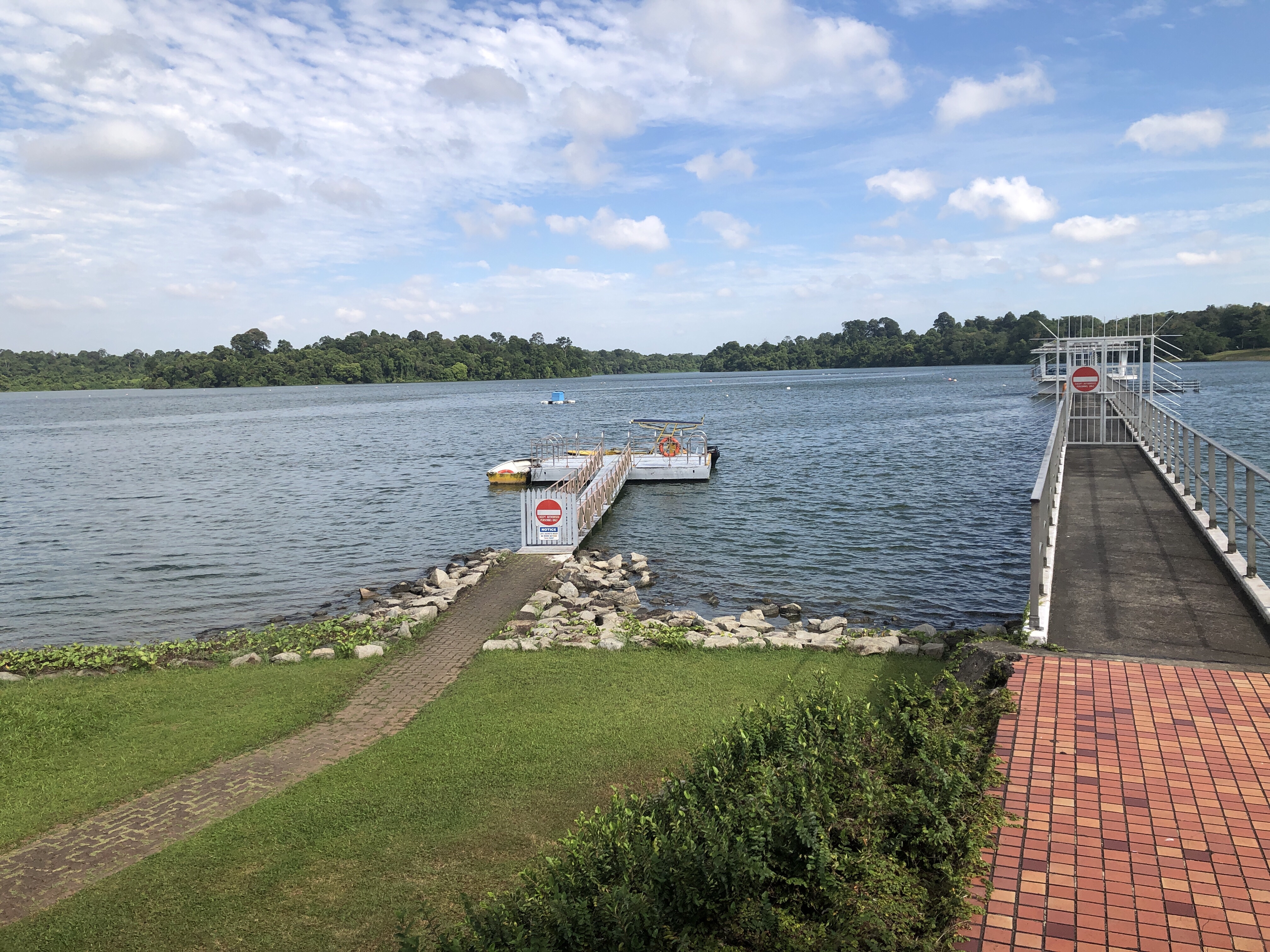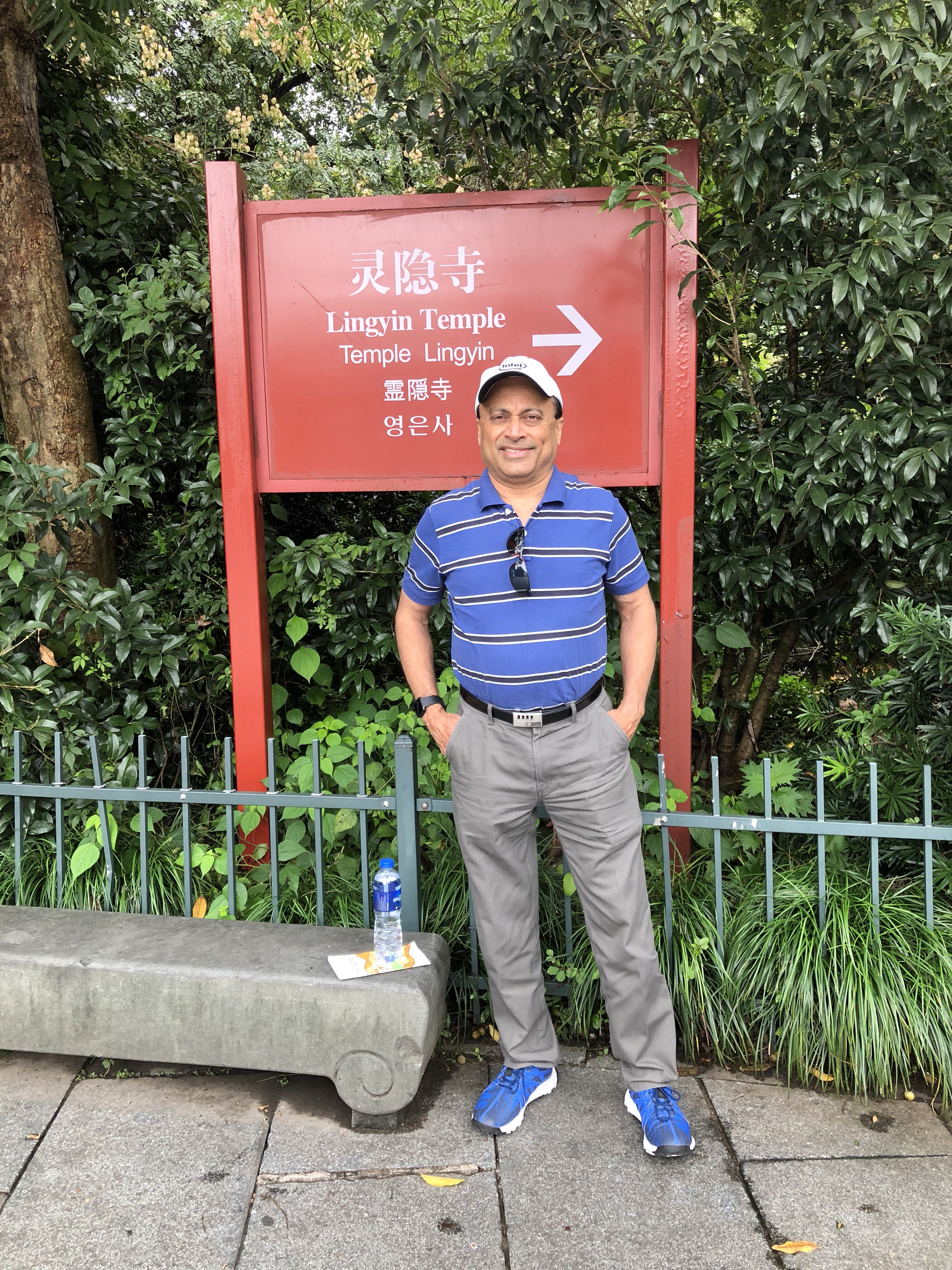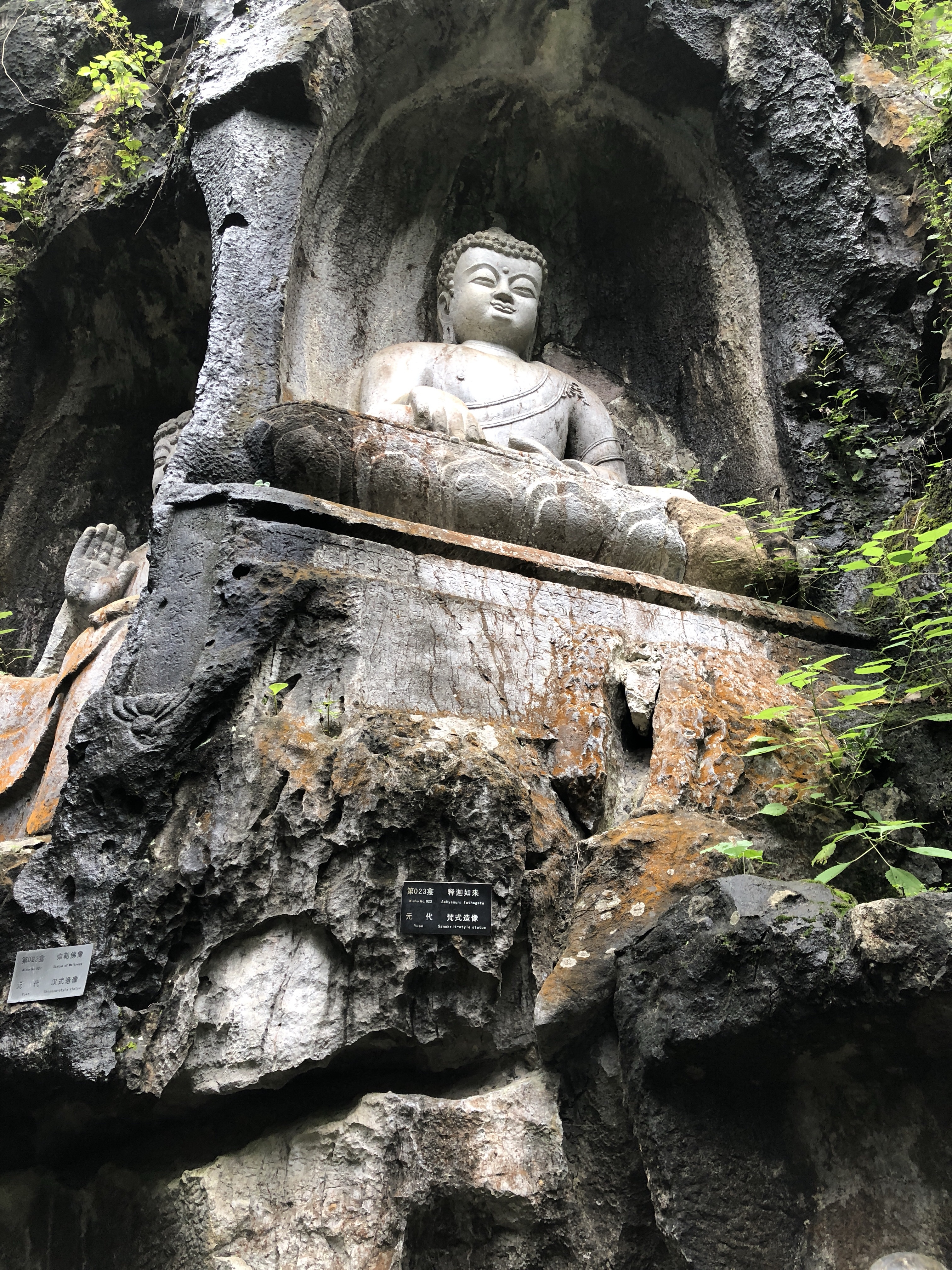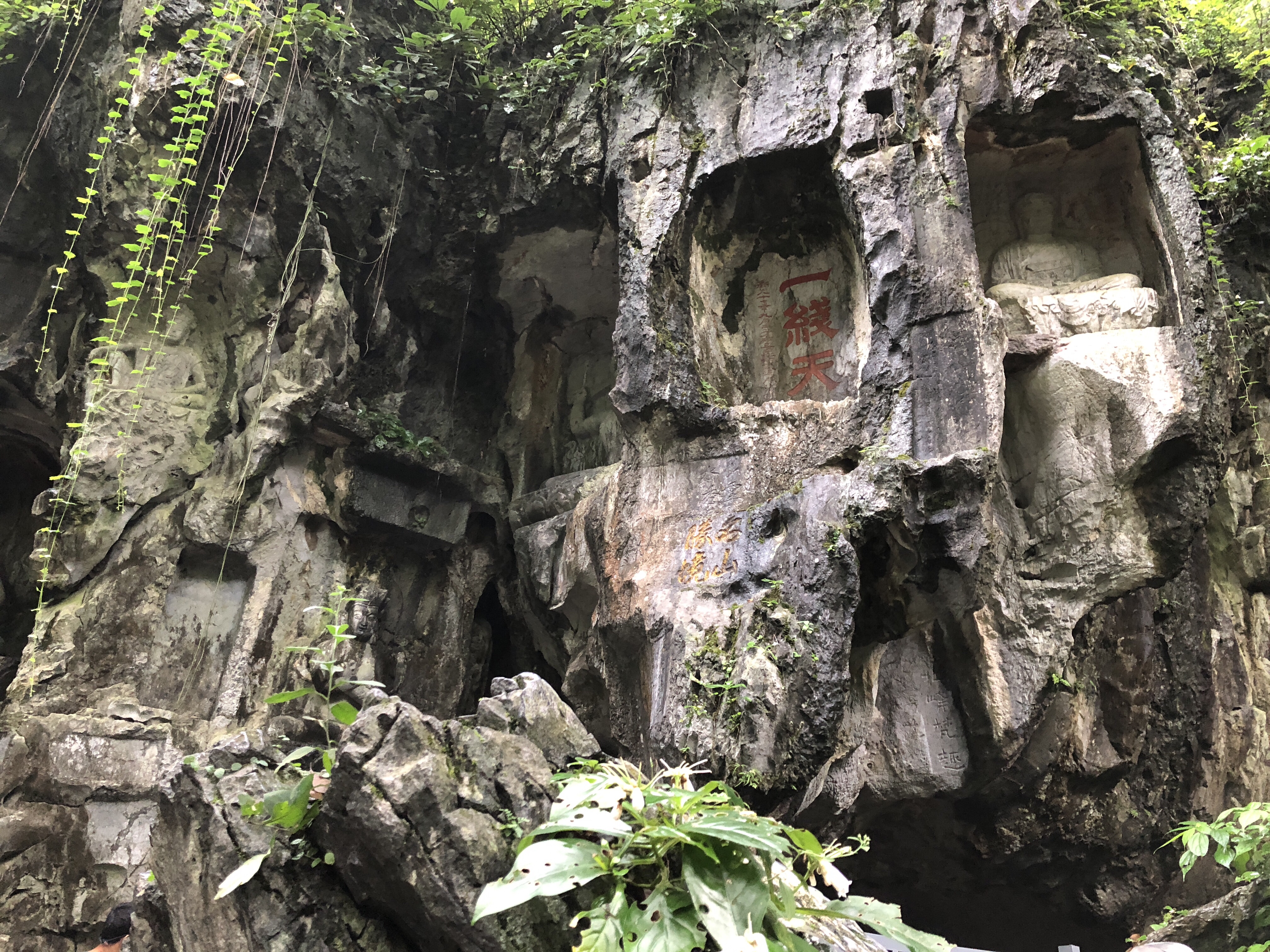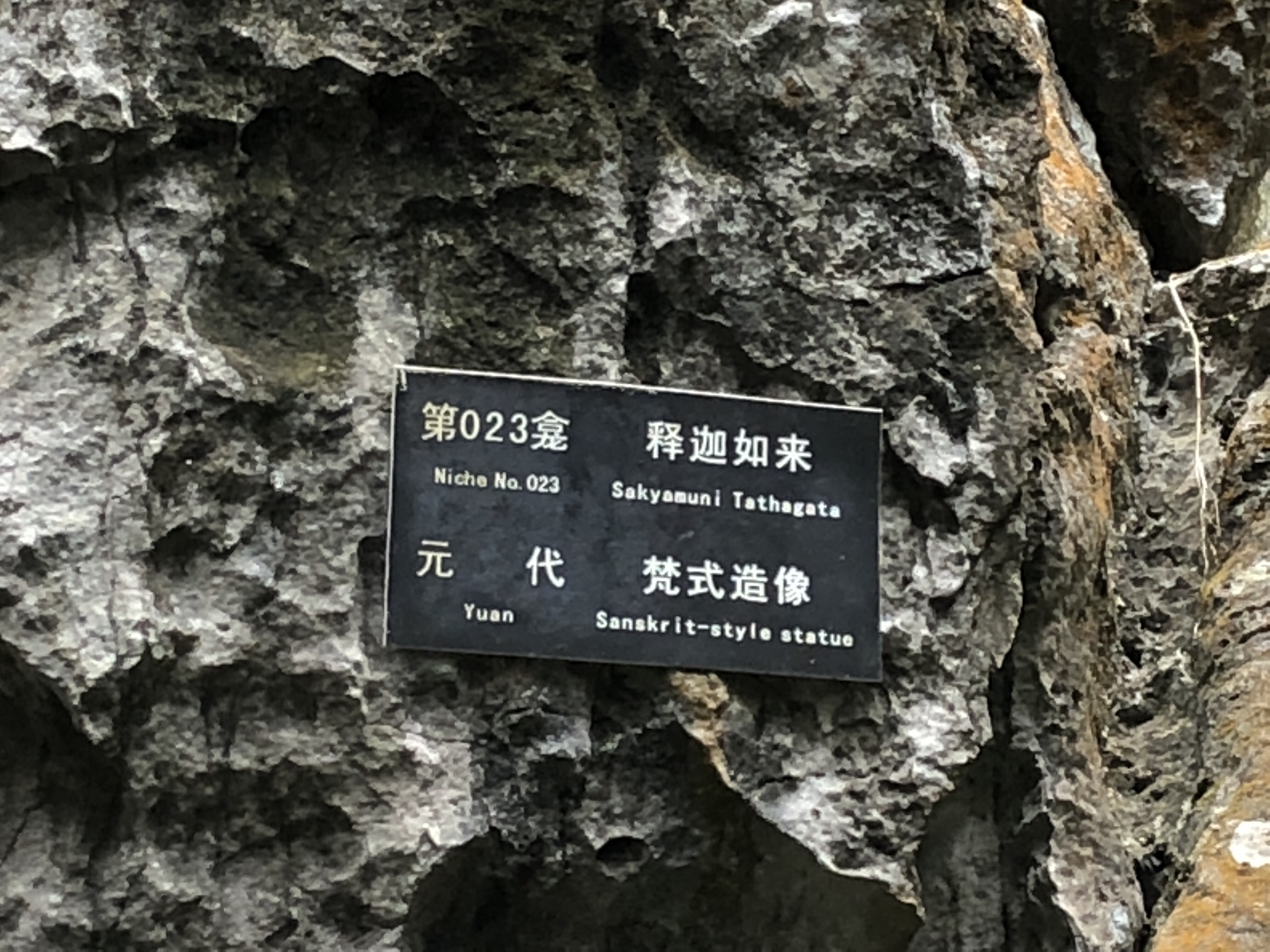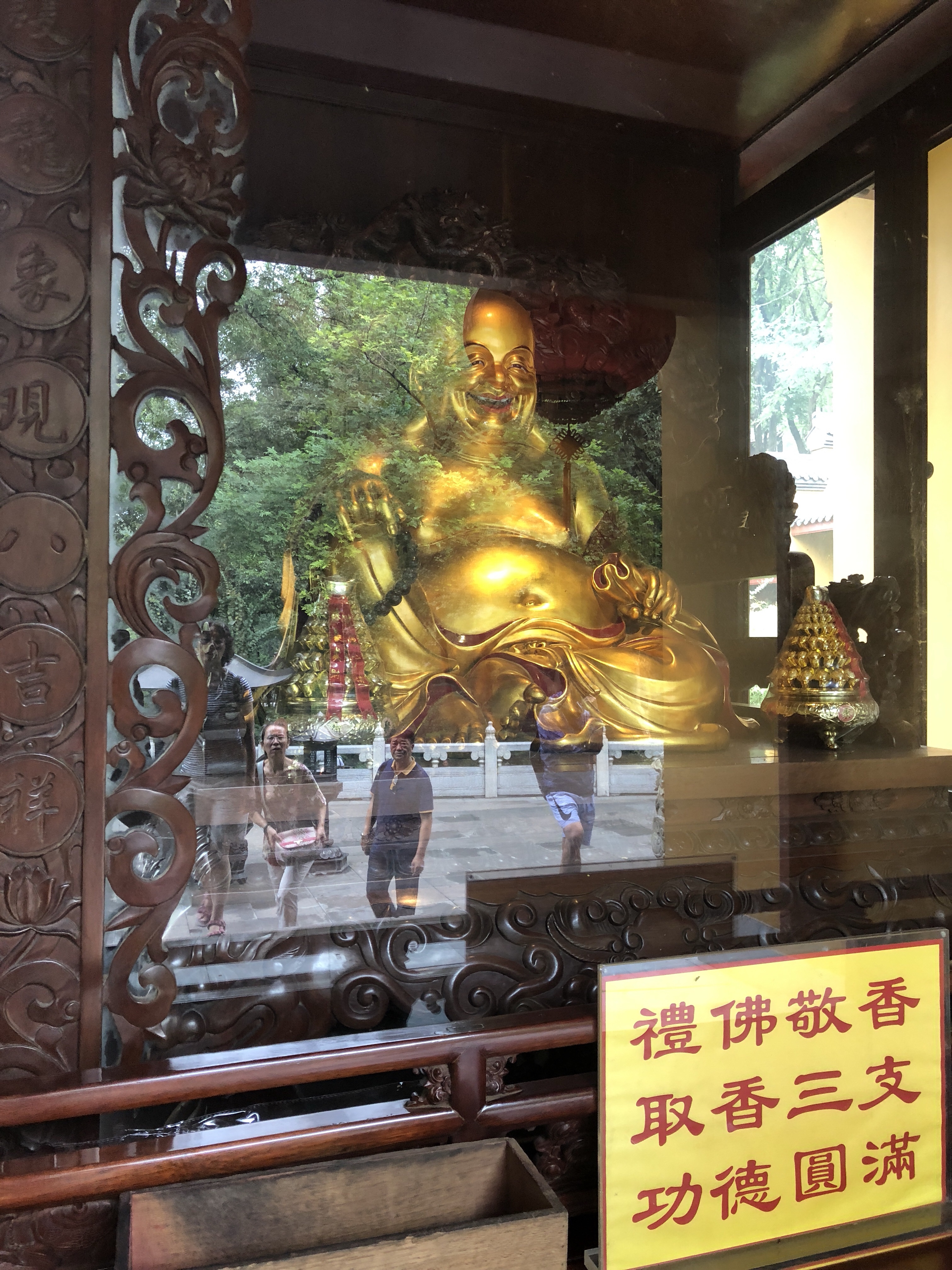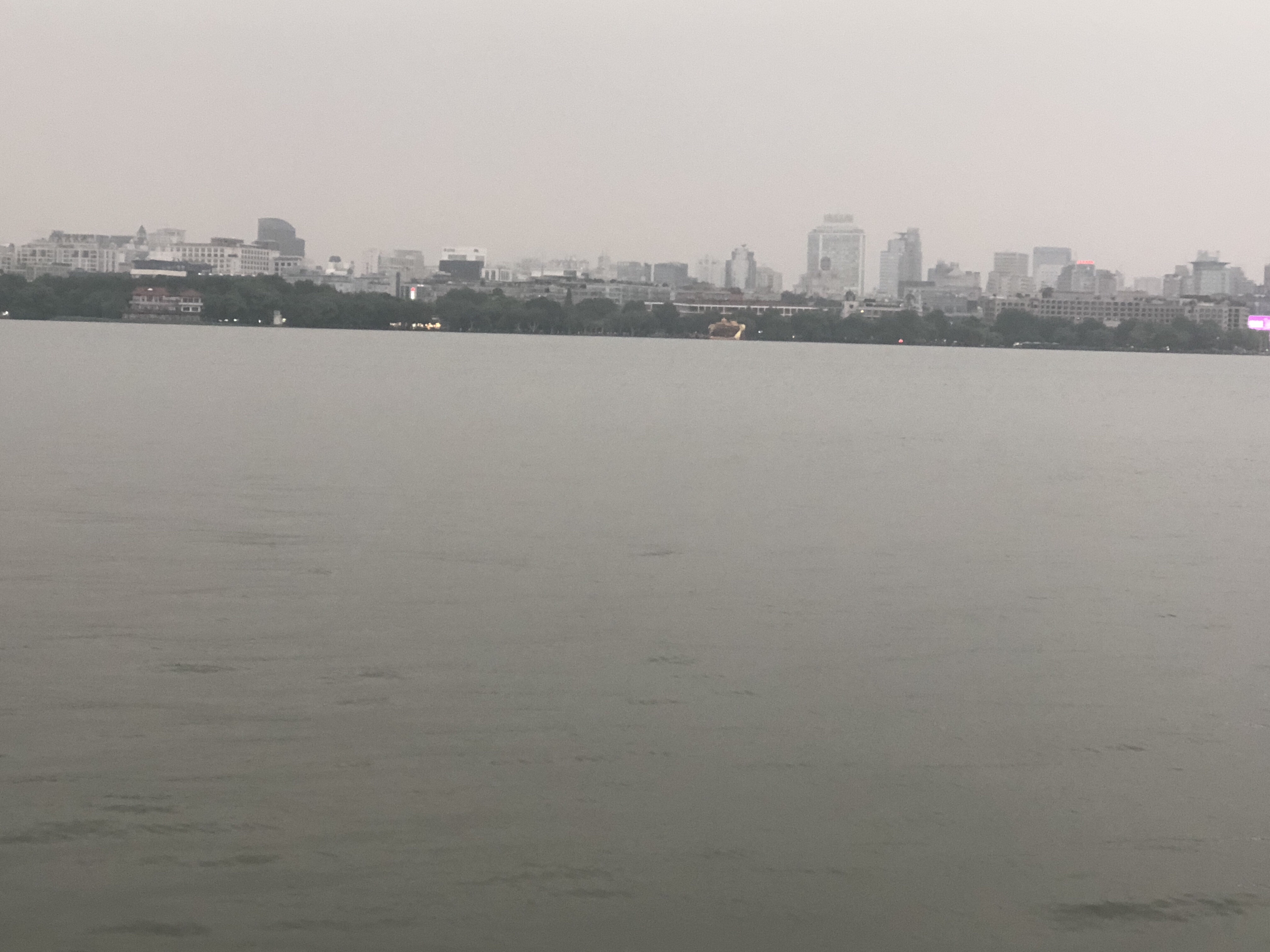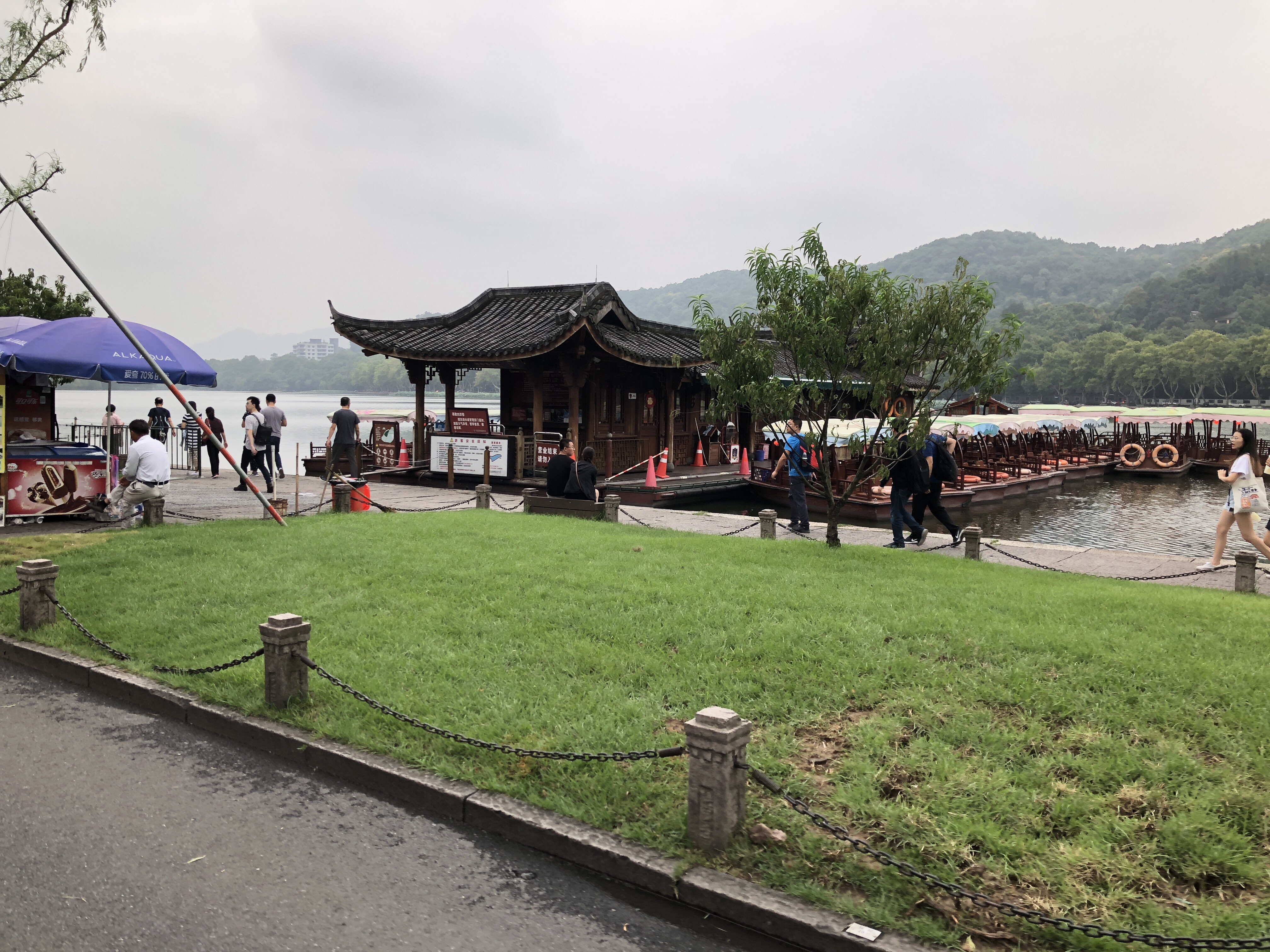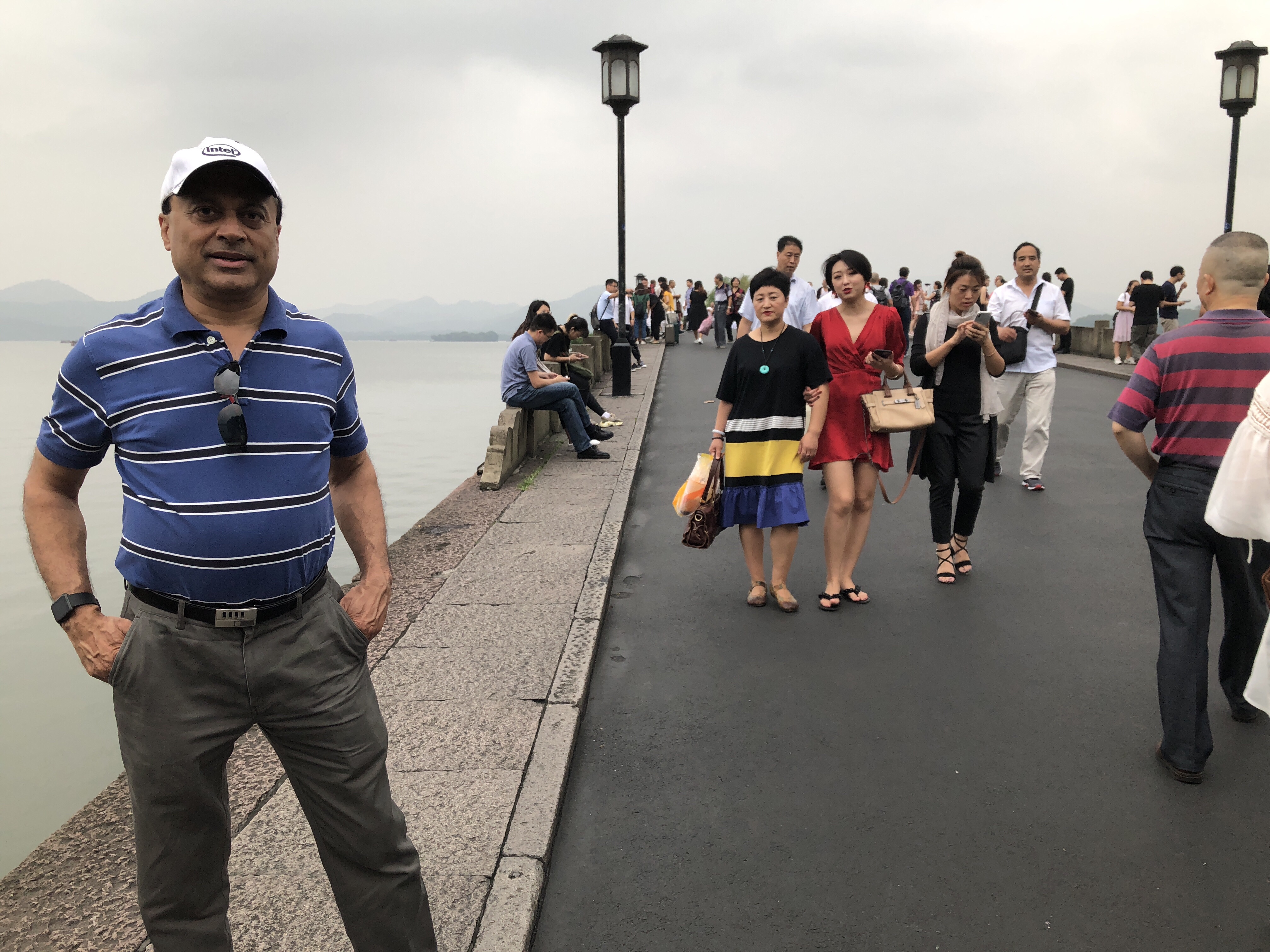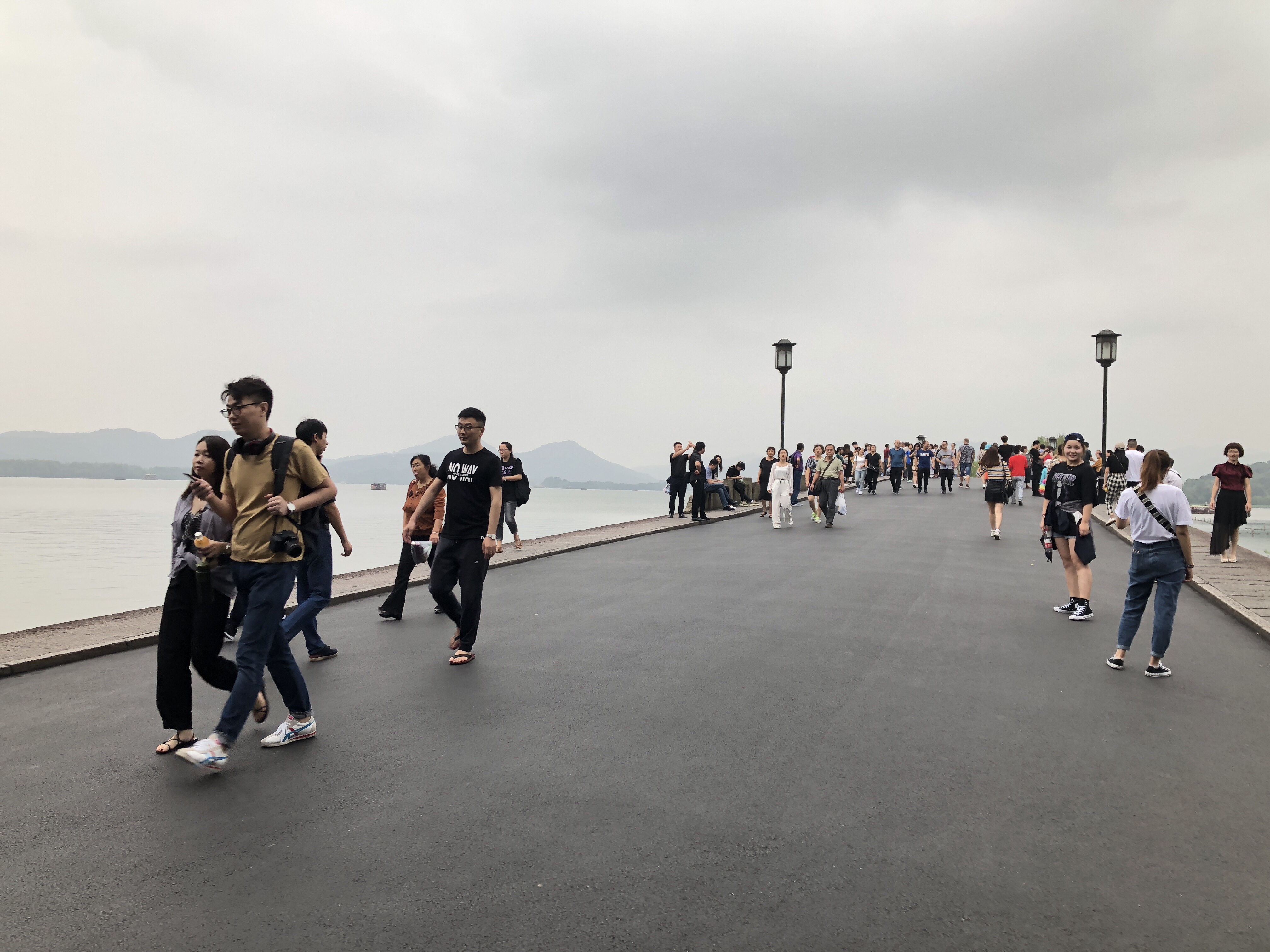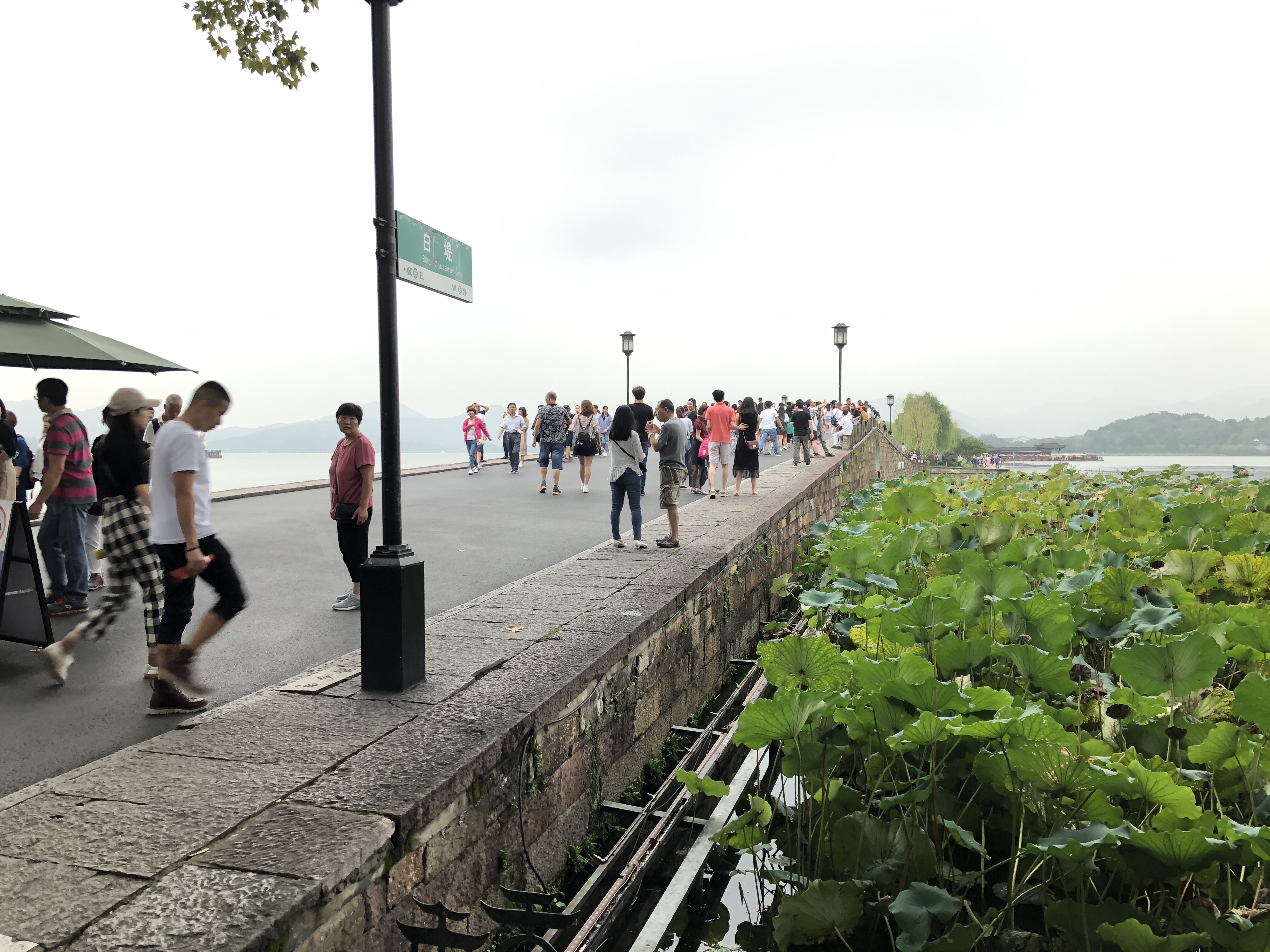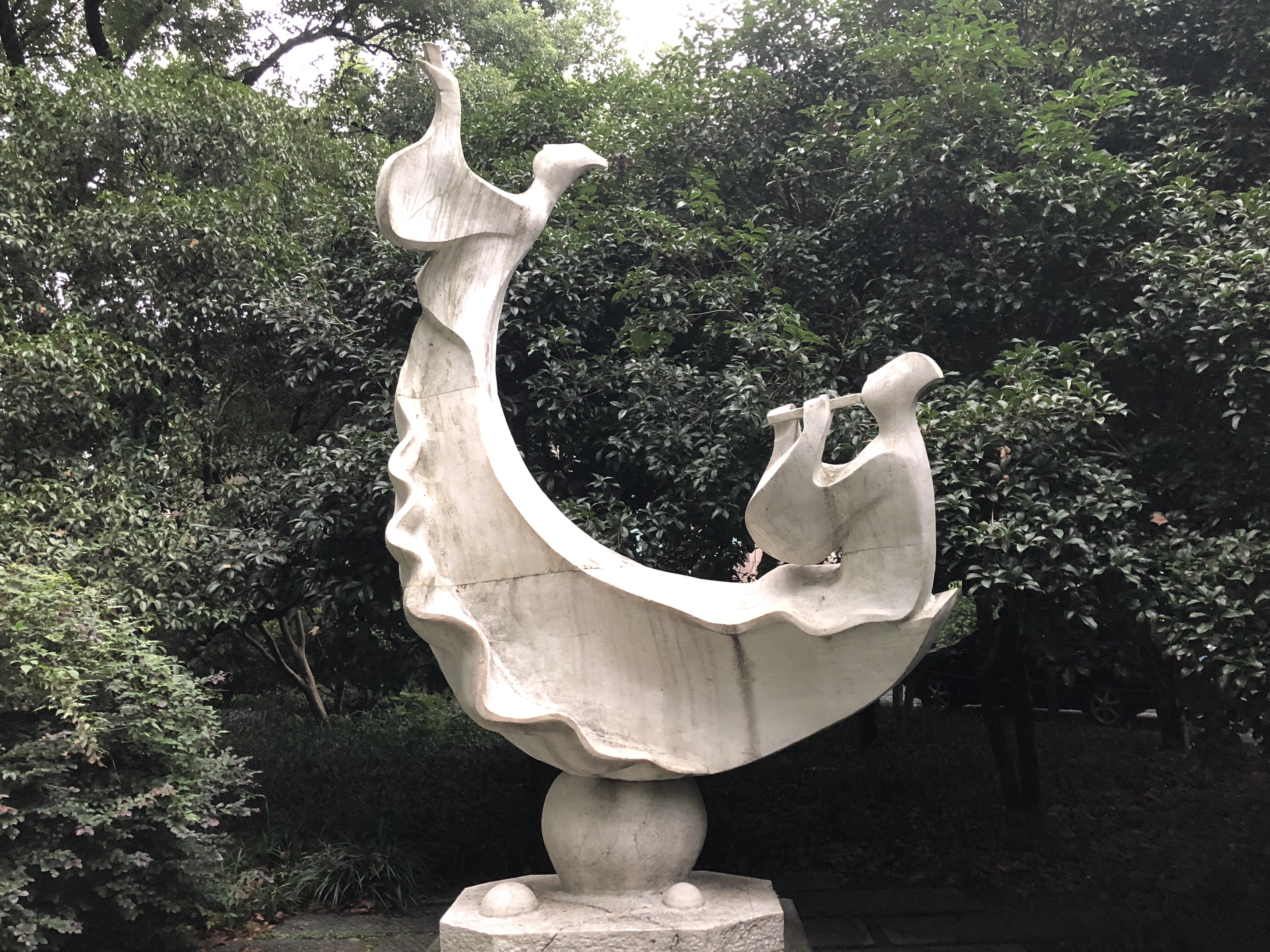Whenever I fly back into Singapore, it appears to me that my blood pressure is going down. Especially when I fly in from very crowded cities. Not that Singapore is not crowded – in many places around the island, it is crowded.
But there is a sense of serenity which pervades the life here – a certain “quietude” (I thought the spelling should be quietitude, but it turned out differently), which instils calmness into your being. While people seem to be rushing everywhere, the orderliness is eye-catching. The lack of noise is impressive and very surprising.
When everyone follows rules (whether these are explicit or not), then the whole city moves ahead in a rhythmic fashion. I can never jump a queue in Singapore. There are pavements everywhere and pedestrian crossings to cross. Traffic signals always work, and drivers keep to their lanes all the time. Cutting the queue of people or cars is not accepted.
It is a total contrast to many other countries around. Unfortunately, Singapore is so small (all of 800 Sq Kms) that it does not register with a big impact elsewhere, though everyone has to know the rules of Singapore before even attempting to visit here. As the rules are strictly implemented. And you will be fined for violations!
The tranquillity and lack of unnecessary noise (necessary noise is defined as noise emanating from moving vehicles on roads) contribute to a calmness which is not achievable in many places unless you are living in a quiet tree-lined neighbourhood. Here, it is generally the case.
This time around, I decided to avoid taxi for the ride from airport to home. When I returned from Chennai during the early hours of Tuesday last week, I decided to see how quickly I can get home using public transport. The airport has no announcements, and no waiting limousine drivers shouting out, etc., so it is quiet all around. The walk from exit door to the train station took some 20 minutes through the airport walkways – depends on the terminal at which you arrive.
I took the MRT train (called Metro in India or tube in the U.K.) from Changi Airport to the Expo station and switched the train line – that took around 10 minutes, and then reached home in all of 40 minutes from the time I boarded the first train. And how much I paid? Just $0.49 (don’t forget I am a senior citizen!), as against $14 to 15 for a taxi ride of just 4 Kms along expressway, which would have anyway taken around 15 to 20 minutes.
I realised that I saved the earth (!) from climate change as well by not using taxis. The MRT system of course contributes to climate change but in a rather limited manner – it is fully electrified.
The beauty is that all through the airport and the train ride, I did not hear any noise or commotion. It was just quiet which was beautiful. Even London is not quiet – in many places, it can be quite noisy. But Singapore has made quiet operation its own trademark, and it contributes to peace and less (noise) pollution, and of course less tempers.
I go for a walk every evening, and again there is quietude – spoiled only by the traffic noise from the adjoining road. Sometimes I wonder, what happened to the kids? Why are they not playing around and making noises? Is it not abnormal to have no children playing and creating ruckus?
It is. Singapore’s population is falling dramatically. Its population cannot replace itself in a while, as less and less number of babies are born every year. I am not going to examine the cultural issues surrounding this critical issue in this post.
So, I was happily amused when I heard a lot of kids running around and making big noises in my condominium yesterday – I knew this was coming anyway as it was the New Year celebration. I went down and saw several games being conducted by a coordinator and lots of kids playing. It is always pleasing to see children running around, throwing things and making lots of noises in an otherwise tranquil environment.
I stayed around for a while, enjoying the noise!
If you have visited Singapore only for a short vacation, you might not entirely sync with what I have described on “quietude” here as above. If you had visited China Town or Little India, then you would question my writing! But living here day in and day out would make you appreciate the difference between Singapore and the places you came from.
Now I am looking at kayakers in front of my apartment block but even when they are racing on the water, they don’t seem to be making noise. I don’t understand how they self-motivate themselves without shouting aloud!
Well, welcome to the quietude of Singapore. It might be boring but it would induce a sense of calmness in you.
For my Indian friends, here’s wishing you all a Happy Pongal / Lohri (being the harvest festival in India),
Have a good week ahead,
Cheers,
Vijay Srinivasan
14th January 2024

